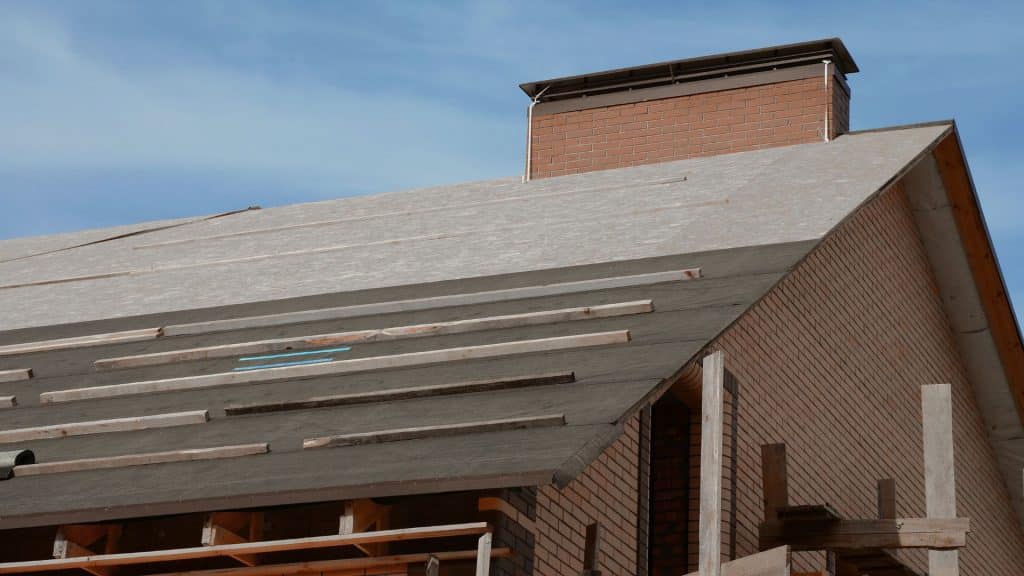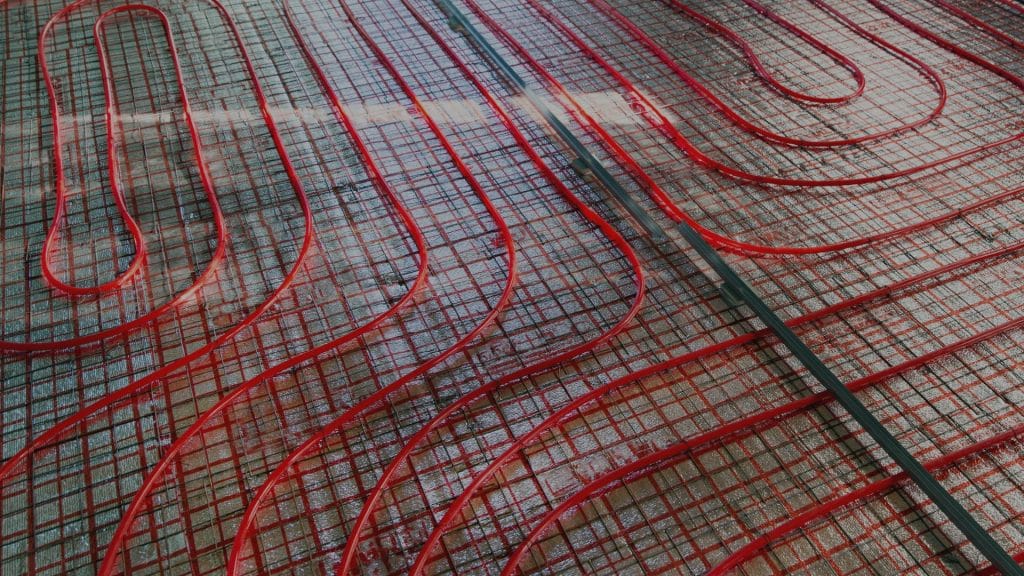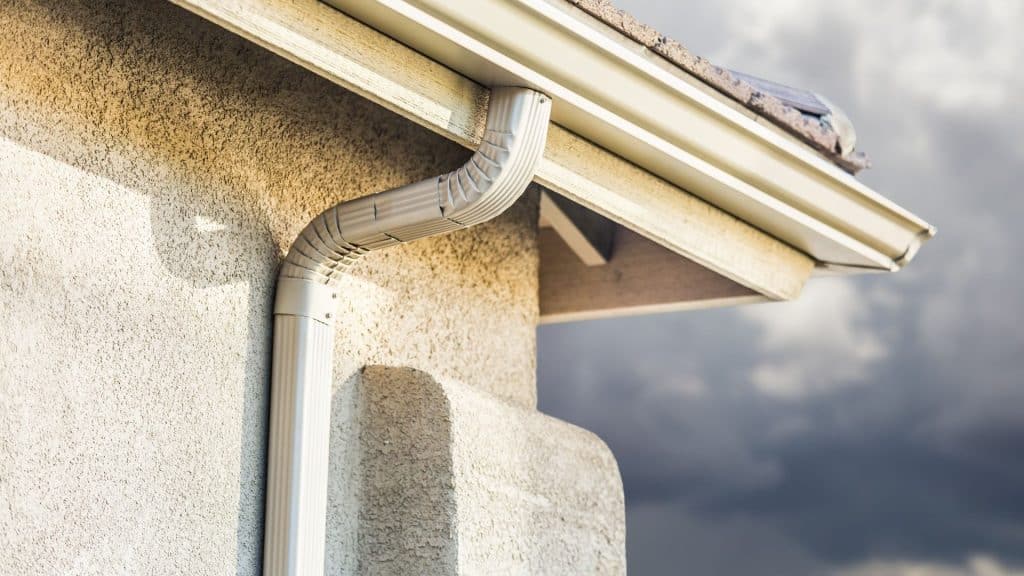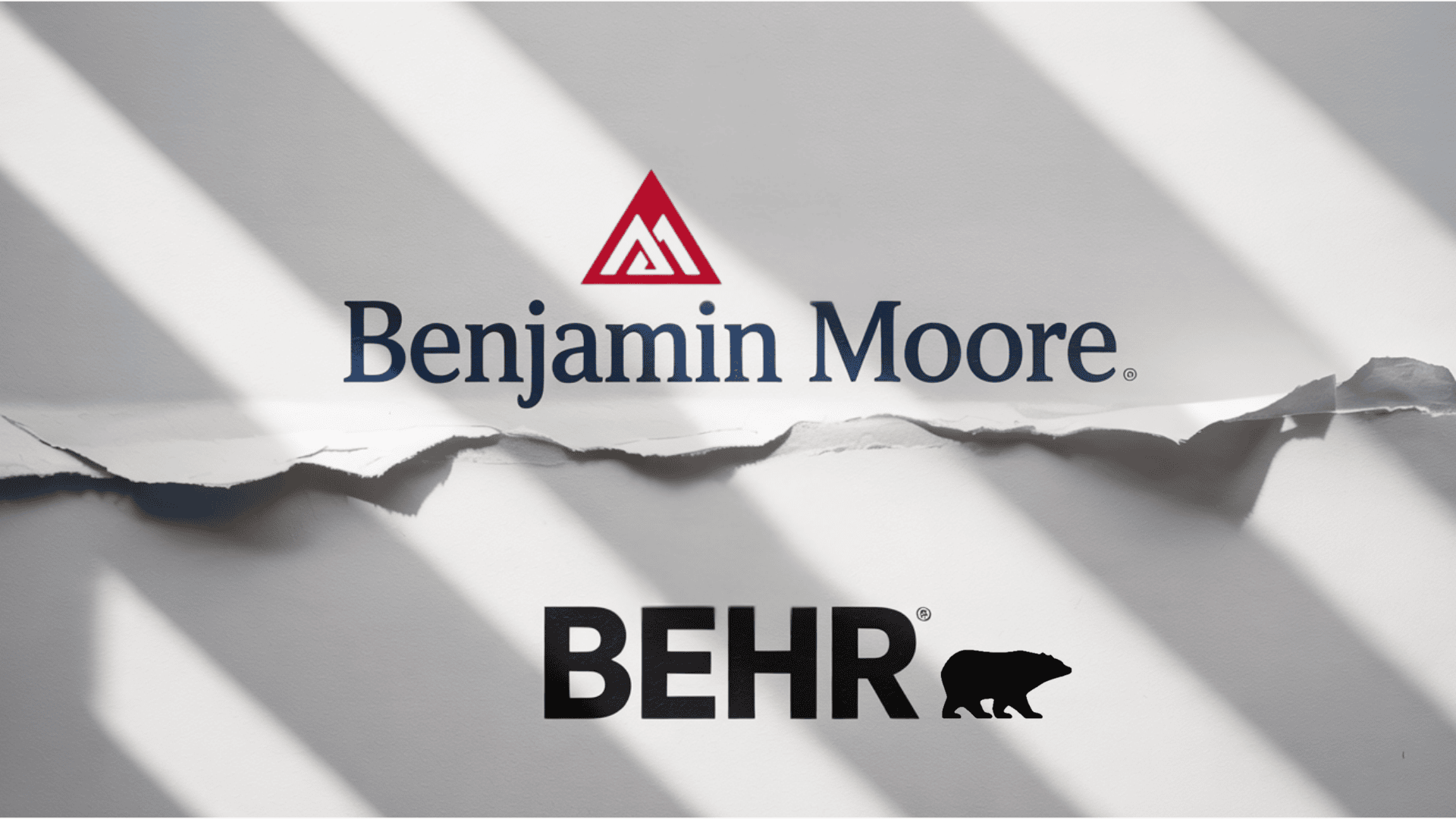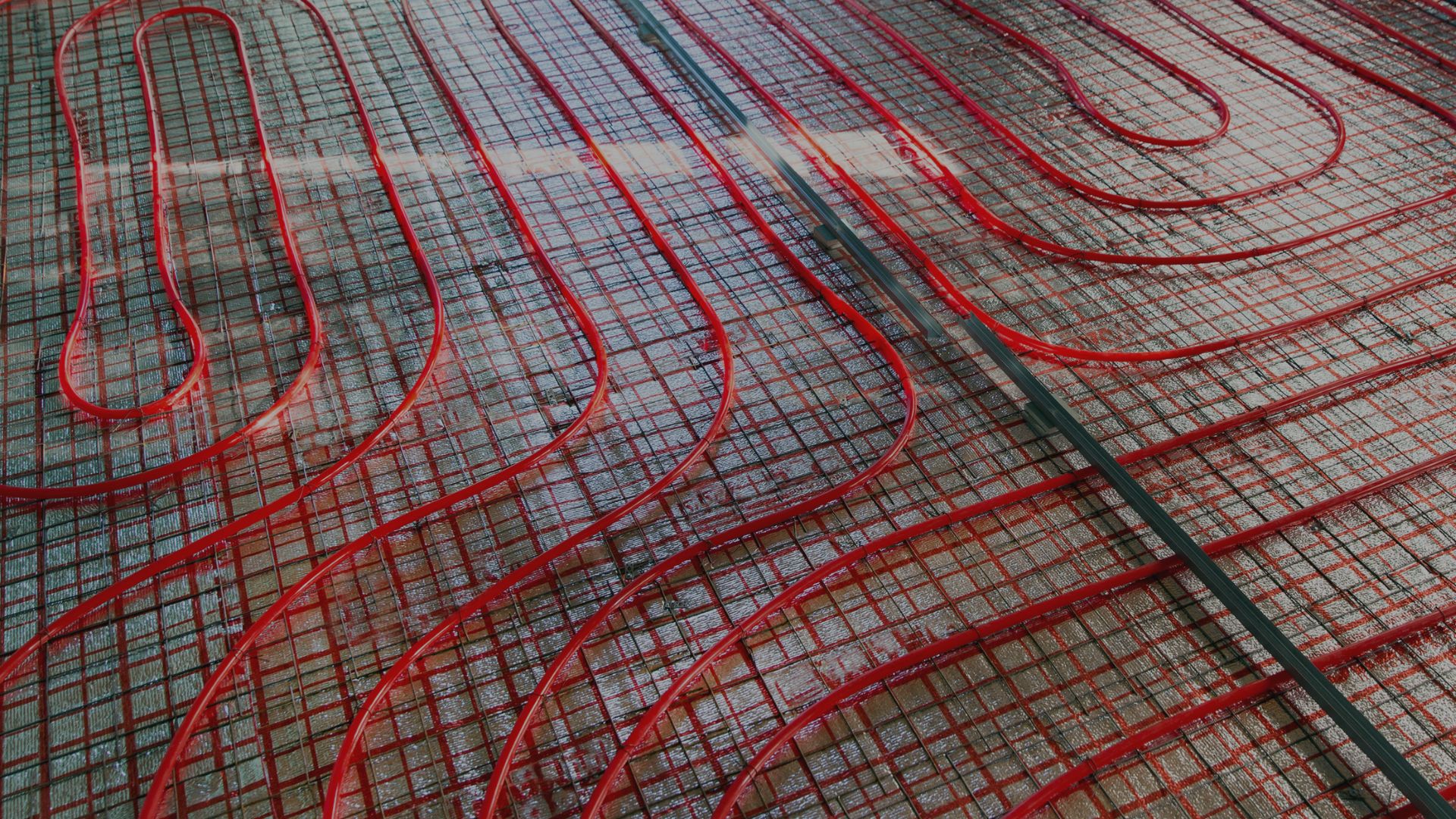Are you thinking about using synthetic roof underlayment for your next roofing project?
Most people face this decision when replacing or installing a new roof. Synthetic materials have gained popularity over traditional felt paper in recent years.
But they come with their own set of challenges that you should learn about before making a choice.
Being aware of these issues can save you time, money, and future headaches. Some problems show up during installation, while others appear years later.
The right underlayment protects your home from water damage and extends your roof’s lifespan.
In this blog, I’ll show you common problems with synthetic underlaymentthat every homeowner should consider before buying.
What Is Synthetic Roof Underlayment?
Synthetic roof underlayment is a protective layer installed between your roof deck and final shingles. It blocks water and prevents leaks during storms.
Most synthetic products use polypropylene or polyethylene, which resist tearing and water. They offer a lightweight alternative to traditional asphalt felt paper.
Manufacturers design synthetic options to last longer and perform better than felt in various weather conditions. They come in larger rolls with fewer seams.
The material provides temporary weather protection during construction and serves as a secondary defense throughout your roof’s lifespan. Proper installation technique ensures the best results.
11 Problems with Synthetic Roof Underlayment

While synthetic underlayment offers several benefits, it also presents challenges that homeowners and contractors need to understand before choosing it.
Problem 1: Slippery Surface During Installation
Synthetic underlayment creates a very slippery surface, especially when wet from morning dew or light rain. Workers can easily lose footing during installation.
The surface remains slippery even when dry, as the smooth plastic texture provides limited traction for roof workers. Roofers must wear special slip-resistant boots.
Solution: Use products with textured surfaces designed for better traction. Always follow safety protocols, use harnesses, and avoid working on wet synthetic surfaces.
Problem 2: Poor Breathability
Most synthetic underlayments do not allow moisture vapor to pass through from inside your home. This trapped moisture can lead to condensation and mold.
Traditional felt paper allows some airflow, which helps naturally regulate moisture levels. Synthetic materials block vapor transmission, creating problems in humid climates or attics.
Solution: Ensure your attic has proper ventilation, including ridge and soffit vents. Consider breathable synthetic products if available in your market.
Problem 3: UV Sensitivity
Many synthetic underlayments break down when exposed to direct sunlight for extended periods during construction delays. UV rays cause the material to become brittle.
While manufacturers claim their products withstand months of sun exposure, real-world conditions vary. In hot, sunny climates, synthetic materials often deteriorate sooner than manufacturers generally claim.
Solution: Quickly cover the underlayment with the final roofing materials to minimize sun exposure. Choose products with higher UV resistance ratings for extended projects.
Problem 4: Higher Cost than Felt
Synthetic underlayment typically costs two to three times more than traditional asphalt felt paper per square foot. This price difference adds significant project expenses.
For homeowners on tight budgets, this higher upfront cost may exceed their financial constraints. Long-term benefits might not justify the extra expense for all.
Solution: Compare total lifecycle costs, including durability and replacement needs, before deciding. Consider felt paper for budget projects or synthetic for premium long-term applications.
Problem 5: Hard to Remove or Replace
Synthetic underlayment bonds very strongly to roof decks, especially in hot weather when adhesives activate. Removing it during repairs becomes difficult and labor-intensive.
The material often tears into small pieces rather than lifting cleanly, leaving sticky residue on the deck. This creates extra work and expense during repairs.
Solution: Use mechanical fasteners instead of full adhesive products to make future removal easier. Document installation methods and product types for future repair reference.
Problem 6: Quality Varies by Brand
Not all synthetic underlayments are created equal, and quality differences between brands can be substantial. Some cheaper products tear easily or fail to protect.
The synthetic underlayment market includes dozens of manufacturers with varying quality control standards. Choosing low-quality products to save money often leads to failure.
Solution: Research brands carefully, read reviews from professional roofers, and check manufacturer warranties before purchasing. Stick with well-known, reputable brands despite higher costs.
Problem 7: Fastener Tear Issues
Some synthetic products tear around nails or staples used to secure them to the roof deck structure. These tears expand over time, creating gaps that allow water to penetrate.
The problem occurs more frequently with thinner, lower-quality synthetic materials that lack sufficient tear resistance. Wind uplift forces during storms can worsen these tears.
Solution: Use plastic cap nails or specialized fasteners designed for synthetic underlayments to distribute pressure. Choose thicker products with higher tear-strength ratings.
Problem 8: Misleading Waterproof Claims
Many synthetic underlayments are marketed as completely waterproof, but this claim can be misleading. Water still penetrates through seams, fastener holes, and damaged areas.
The term waterproof suggests absolute protection, but no underlayment provides total water blocking when improperly installed. Manufacturers often use this term loosely, which can cause confusion.
Solution: Understand that underlayment serves as a secondary water barrier, not primary protection. Follow proper installation techniques with careful attention to overlaps and seam sealing.
Problem 9: Material Compatibility Issues
Certain roofing materials do not work well with synthetic underlayment due to chemical reactions or physical incompatibility. Some metal roofs and coatings can degrade.
Cedar-shake roofs and some tile systems require a breathable underlayment that synthetic options cannot provide. Using incompatible materials together can void warranties or fail.
Solution: Check manufacturer specifications and compatibility guidelines before combining synthetic underlayment with other materials. Consult experienced roofing professionals.
Problem 10: Expansion and Wrinkling
Synthetic materials expand and contract significantly with temperature changes, causing wrinkles and buckles in the underlayment layer. These wrinkles can telegraph through thin shingles.
The problem becomes more noticeable in climates with extreme temperature swings between seasons. Wrinkled underlayment can also create pockets where water collects over time.
Solution: Install synthetic underlayment during moderate temperature conditions when the material is neither extremely hot nor cold. Use proper tensioning techniques and allow acclimation.
Problem 11: Environmental Impact
Synthetic underlayment is made from petroleum-based plastics that do not biodegrade in landfills after disposal. These materials contribute to plastic waste.
Manufacturing synthetic products requires more energy and creates more carbon emissions than producing traditional felt paper. The environmental cost may concern sustainability-minded homeowners.
Solution: Consider recycled synthetic options or eco-friendly materials if environmental impact concerns you. Some manufacturers offer recycling programs.
Wrapping It Up
To summarize, selecting roof underlayment involves weighing multiple factors beyond just initial performance promises and manufacturer marketing claims.
The concerns discussed here range from worker safety during setup to material behavior in different climates and conditions.
Cost factors, ecological effects, and how materials perform with other roof elements all require equal consideration.
No single option suits every home, budget, or weather pattern perfectly.
Research different brands, read contractor feedback, and match product features to your specific situation. Consulting with experienced roofing professionals helps avoid costly mistakes.
Have you dealt with any synthetic underlayment issues on your property? Share your experience below.

